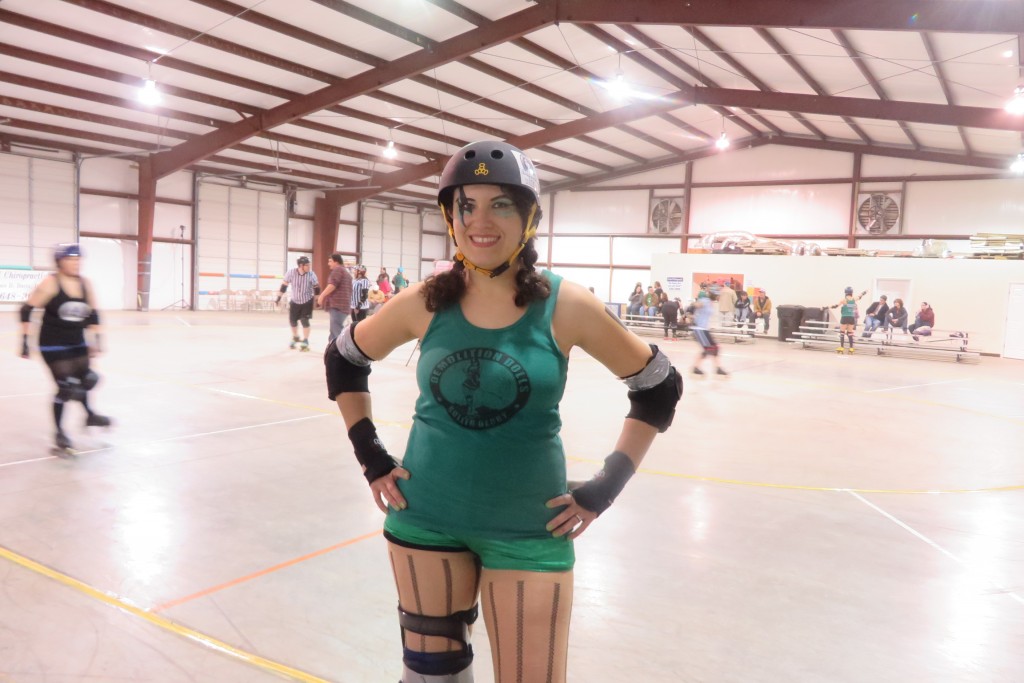Whenever I teach a unit on the representation of women in the media in an undergraduate course, I inevitably have students read John Berger’s chapter on the nude in Western art in Ways of Seeing in conjunction an online essay on the male gaze in fashion advertising. Berger’s discussion of nude vs. naked translates well into a discussion of the representation of women in modern advertising. The vacant yet alluring stare, the manipulation of the male gaze, the access of (male) power through (female) sexuality—they are all there, whether we are looking at Peter Lely’s portrait of Nell Gwyn as Venus, or a contemporary perfume advertisement.
“This is Not Sex: A Web Essay on the Male Gaze, Fashion Advertising, and the Pose,” starts by comparing images of young men striking the same poses and expressions as ones found in various advertisements directed towards women. They look silly and ludicrous, and the essay then reveals the original advertisements, asking the reader to consider why these poses seem so strange, stilted and silly when men strike them, while they seem “natural” and even attractive when women assume them. Continue reading






